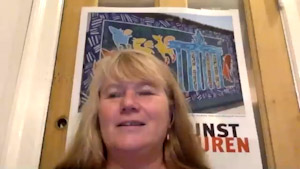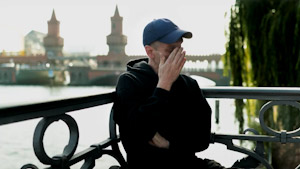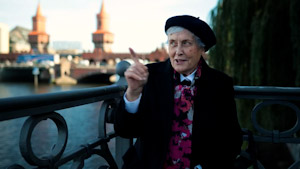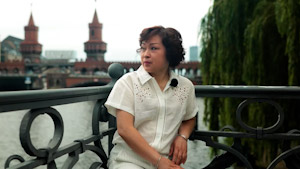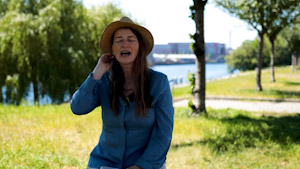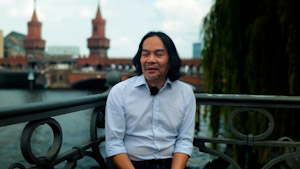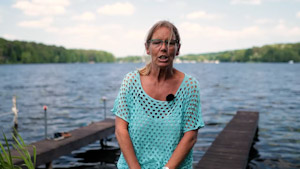Mühlenstraße: A busy street until 1961
Before the Berlin Wall was erected in 1961, Mühlenstraße was a normal street in Berlin. Over 2,300 households were recorded on Mühlenstraße in 1932. Similar to other areas of Friedrichshain and Kreuzberg, the street also contained many commercial spaces, industrial buildings, storage facilities for both small and large companies, craftsmen and merchants. Buildings lined both sides of the street: the freight station—including its extensive railroad tracks, storage yards and warehouses—stood on the side facing away from the Spree. The Berlin street-cleaning company and the Osthafen Mill were also located on this side.
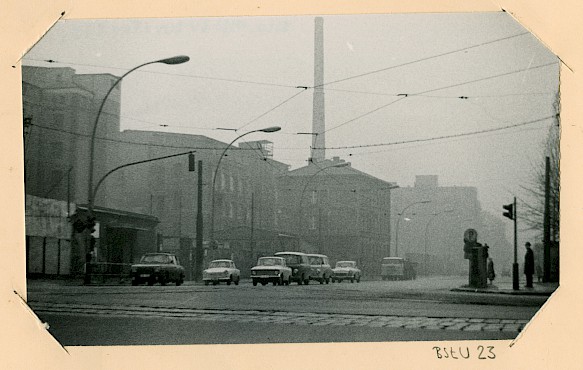
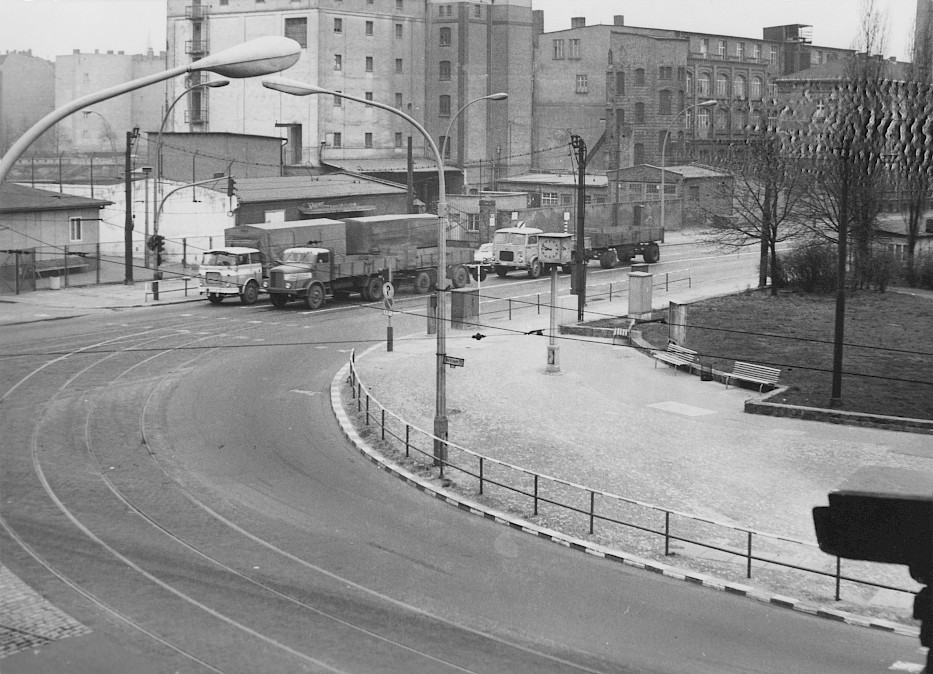
1961-1989: The Berlin Wall on Mühlenstraße
“A street without life, where no people lived.”
Many of the buildings on Mühlenstraße were badly damaged during the Second World War and demolished after 1945. When the Berlin Wall was erected on Mühlenstraße on 13 August 1961, it divided the urban life there. Access to the Spree was now blocked by fences and makeshift barriers. Windows were barred and doors were locked. A border crossing was set up at Oberbaum Bridge. The border strip, which ran between Mühlenstraße and the Spree, was guarded from land and water by GDR border guards. People continued to live and work on Mühlenstraße even after the Wall was erected, but this changed when the GDR expanded the border strip.
By 1977, as part of the expansion of the border strip between the street and the West Berlin riverbank, the GDR had all the buildings along the street demolished. The government forced the residents to leave their homes; they then created a cleared-out border strip. The granary of the Osthafen Mill was the only building left standing in the former border strip; its role in the production of flour made it too important to demolish. The road was expanded into a wide, multi-lane street and established as the "protocol route" for high-ranking visitors to the GDR. After the border was expanded, Mühlenstraße became a gray and uninviting place—one side devoid of life, the other dominated by large facilities, including the freight station, the street-cleaning company, a gas station and the Osthafen Mill. The atmosphere discouraged people from lingering here longer than necessarily.
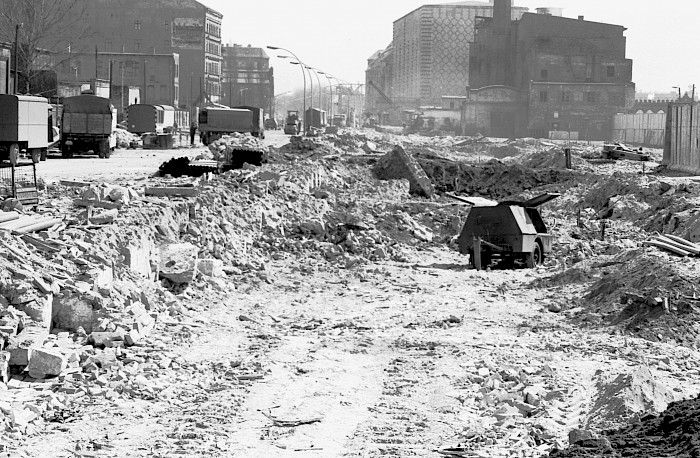
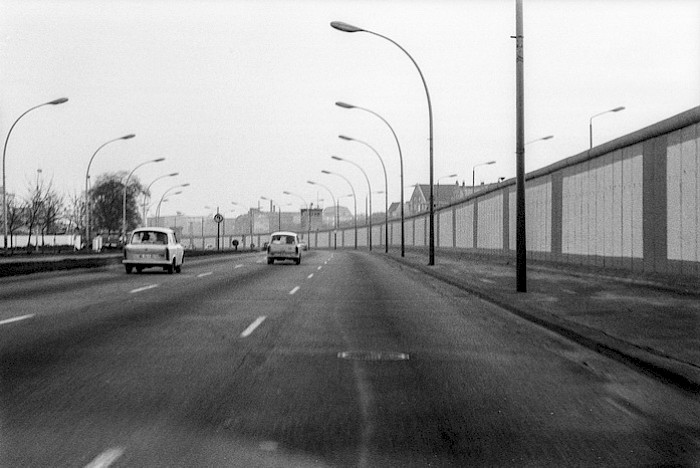
“I remember it as always being a bit eerie. As I mentioned, the one side was gray and coldly lit, and on the other side—where we now have these very square buildings—there was nothing.”
